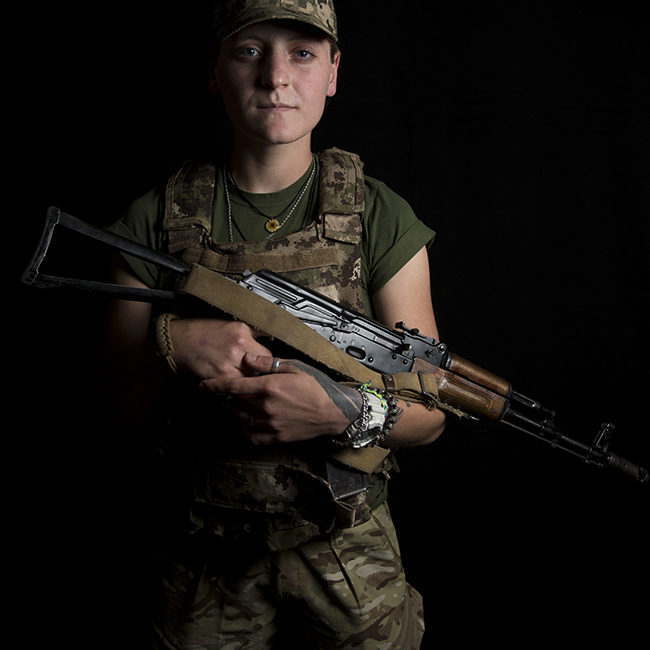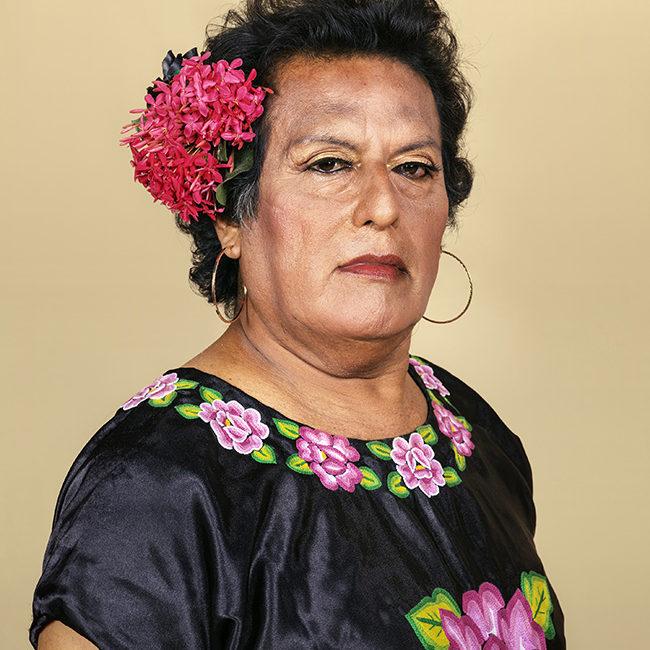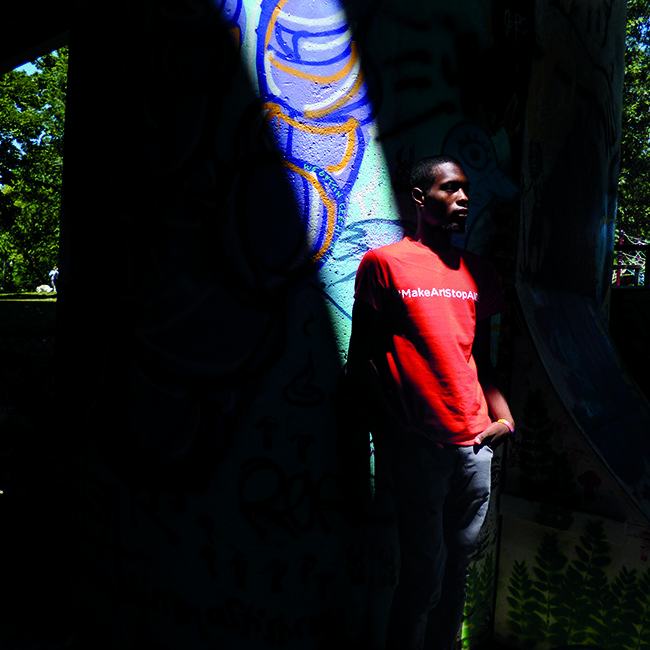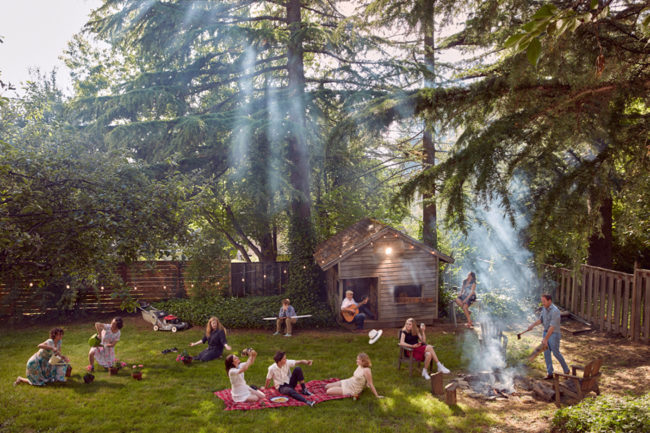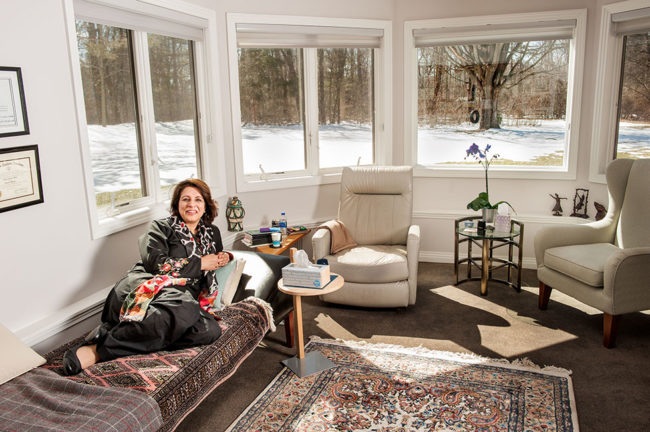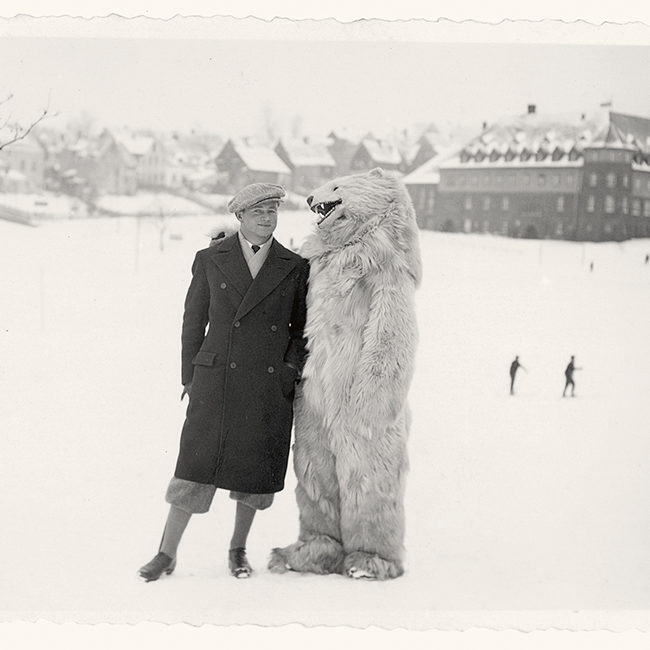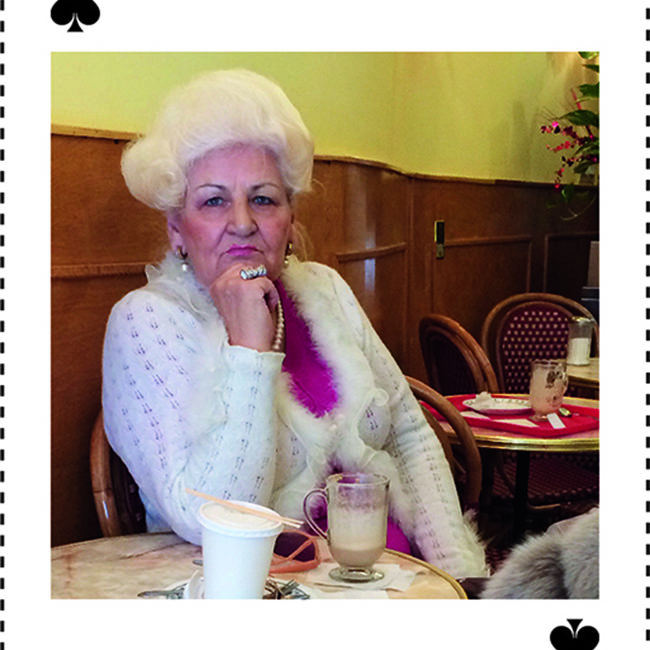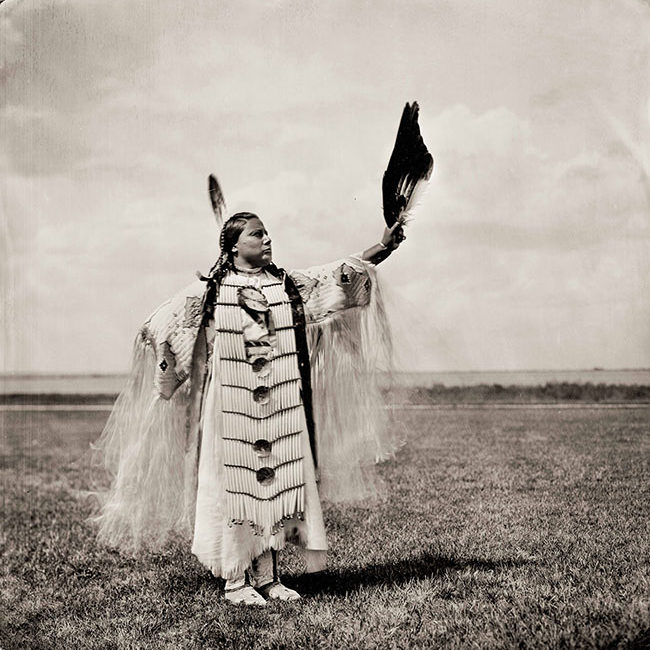Throughout the history of photography, African women’s bodies have been repeatedly objectified and fetishized. “The Way She Looks: A History of Female Gazes in African Portraiture”, a new exhibition at the Ryerson Image Center in Toronto, shifts the focus instead towards women’s gazes and highlights female acts of looking that challenge the male-dominated narrative of the medium.
Showcasing over 100 works by both female and male practitioners from across Africa, the exhibition emphasizes the ways women see and present themselves while tracing how they moved from being eloquent photographic subjects to adopting positions behind the camera. (They’re both sitters and photographers in this collection.)
“Because the history of photography in Africa has concentrated on a few famous male photographers, the role of women in photography has often been overlooked,” says Sandrine Colard, a specialist of modern and contemporary African art and guest curator of this show. “By focusing on female portraiture and photographers, the goal of the exhibition is to account for their viewpoints in that history.”
The works are all drawn from The Walther Collection (Neu-Ulm, Germany and New York, USA), one of the world’s most important holdings of photography and lens based art from Africa and features contemporary works by female artists alongside twentieth-century studio portraits and early colonial images and albums.
The exhibition is divided chronologically into three parts:
The first section showcases nineteenth and early twentieth-century photographic prints, cartes de visite, postcards, albums, and books from Southern and Eastern Africa. Despite the unequal power dynamics of colonial imagery, many early photographs offer windows into their subjects’ experiences; the exhibition foregrounds photographs from this era in which the female sitters’ confident and forthright gazes rival that of the photographer.
The second section features women’s portraits since the 1950s by notable West African photographers, such as Malick Sidibé and Seydou Keïta. As regular patrons of rapidly emerging portrait studios, women increasingly became co-authors of their own image: they styled themselves, carefully chose their outfits, commissioned the photographer, and performed during studio sessions. At the same time, documentary photographers began to record the African female experience in a period of rapid social, cultural and political change as many nations prepared for and achieved independence.
The final section highlights a number of significant African female and non-binary artists who have emerged since the 1990s, including Yto Barrada, Jodi Bieber, Zanele Muholi, Lebohang Kganye, Grace Ndiritu, Nontsikelolo “Lolo” Veleko, Sue Williamson, and Mimi Cherono Ng’ok. Exploring a wide array of subjects, from feminist, queer, and gender issues to history, kinship, migration, memory, and loss, many of the works made by these artists challenge conventional understandings of African female photographic representation.
“The Way She Looks: A History of Female Gazes in African Portraiture”
Ryerson Image Center, Toronto
Through December 8, 2019
— Samantha Reinders
Related Articles
West African Photography In and Out of the Studio
Like a Presence That Isn’t: Memories of a Lost Mother
Looking to the Future Inside Africa’s Portrait Studios
A Celebration of Women, by Women
